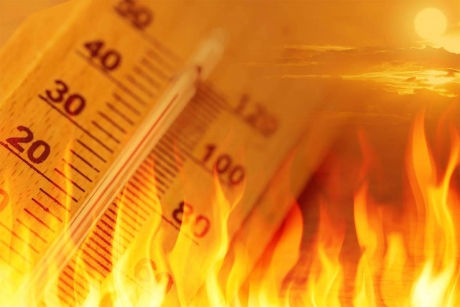The northern lights (aurora borealis) were visible from Romania on Sunday night, November 5, prompting many to post pictures of the celestial event that is usually limited to the northern part of the globe on social media.
The lights were visible from the entire territory of Romania, from the western parts of the country, such as Timiș and Bihor, to the east in Ialomița or Brăila.
Astronomer Adrian Șonka told Digi24.ro that the phenomenon is very rare at this latitude, with the last sighting occurring in 2015. According to him, the aurora borealis was caused by a solar eruption that occurred a few days ago on November 3, manifested on Sunday when the particles emitted during the eruption reached Earth and interacted with the Earth's atmosphere.
The astronomer also noted that it's impossible to predict when such phenomena will be seen again.
The Astronomical Institute of the Romanian Academy said on Facebook that the lights could be visible on Monday morning as well when the geomagnetic storm (G3, Kp=6) reaches its peak. "The geomagnetic storm is due to intense solar activity in recent days, culminating in a coronal mass ejection directed towards Earth. It's a rare event at low latitudes," the Institute added.
The aurora borealis, or the northern lights, is caused by energized particles from the sun slamming into Earth's upper atmosphere at speeds of up to 45 million mph (72 million kph). The Earth's magnetic field, however, protects against the particles, redirecting them toward the poles and causing the colors to appear in the sky.
Italian astronomer Galileo Galilei coined the name "aurora borealis" in 1619 after the Roman goddess of dawn, Aurora, and the Greek god of the north wind, Boreas, according to Space.com.
(Opening photo: Institutul Astronomic al Academiei Romane on Facebook)
























 English (US) ·
English (US) ·  Romanian (RO) ·
Romanian (RO) ·